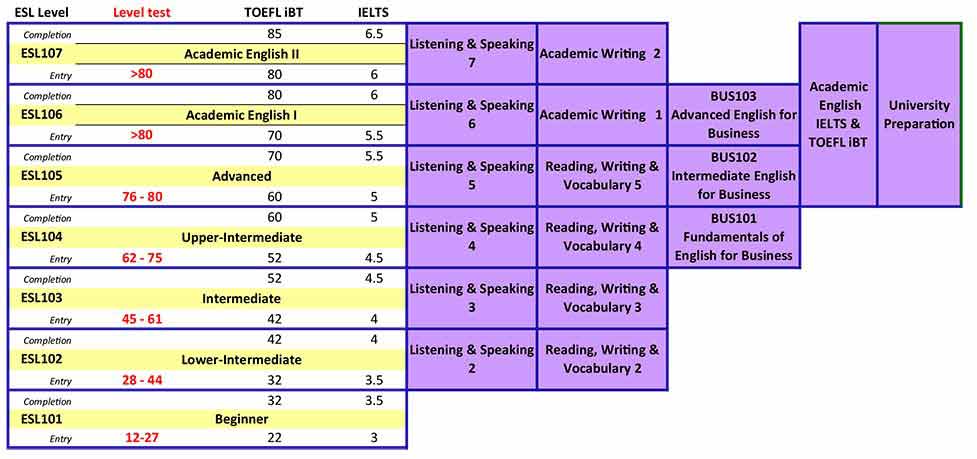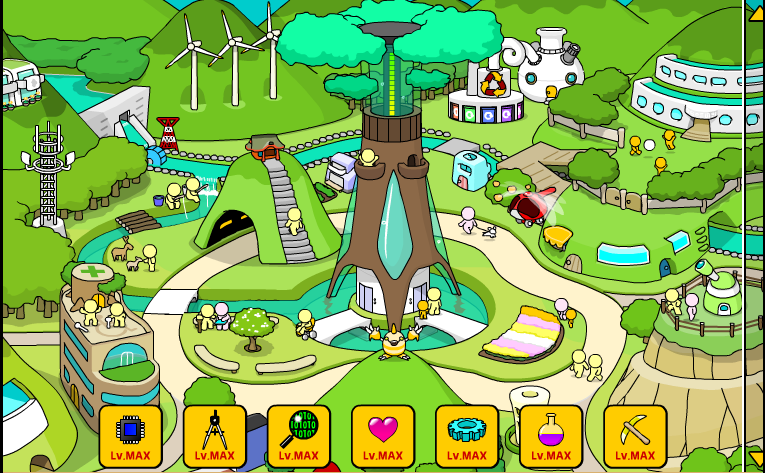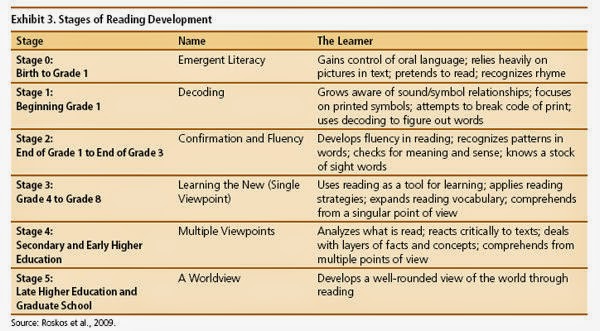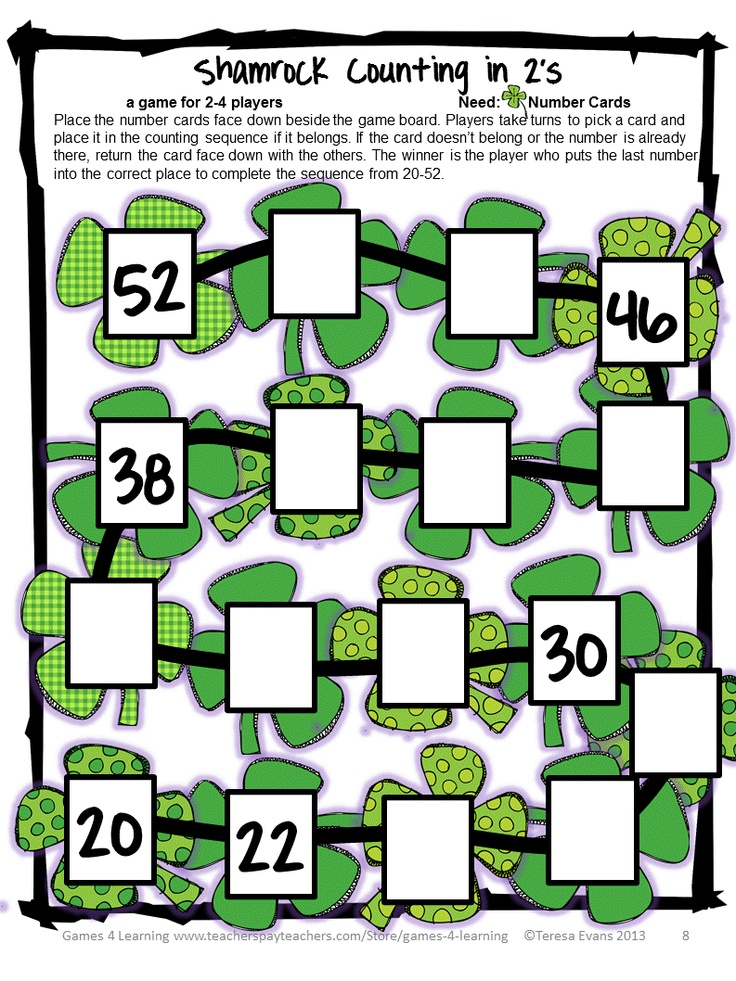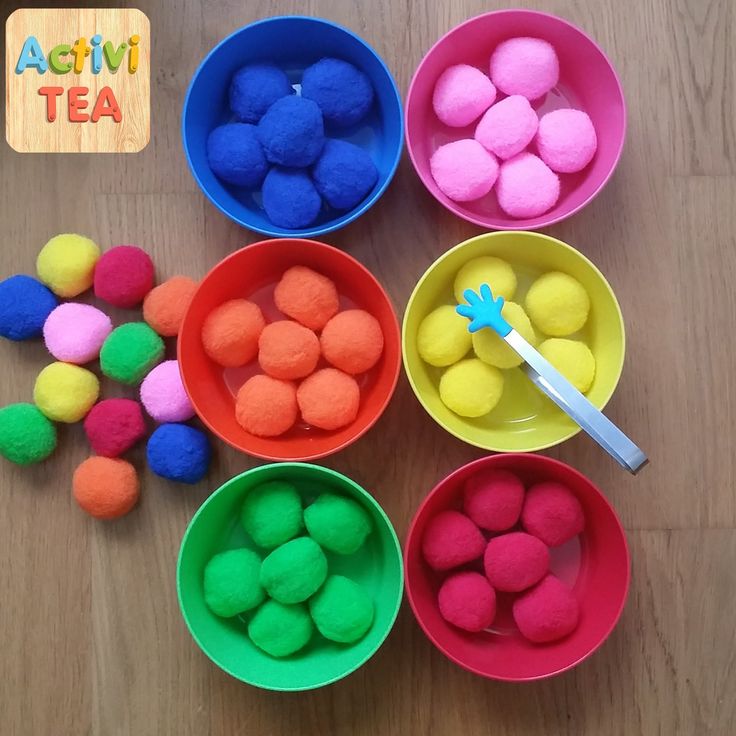Help child learn
12 Strategies to Motivate Your Child to Learn
by Becton Loveless
Most good students aren't born good learners. Yes, individual personality plays a big part in a child's willingness to learn and their overall disposition when it comes to schooling and education, but most children who are good learners at some point had to become good learners. More importantly, any student, who possesses the basic aptitude and receives the right motivation, can become a good learner.
One of the biggest mistakes teachers and parents can make when it comes to developing students and children who are good learners is to limit learning to the classroom. While the classroom will likely be the primary source of instruction, intellectual, social and academic growth should extend outside the walls of the classroom – if you want to really enhance a child's desire and ability to learn.
The following are proven tips and strategies that will motivate your child to learn. Apply them correctly, and you'll see your child or student discover the joy of learning.
1. Develop an atmosphere of reading
Some people would argue that reading it the key to success in life. We would most certainly argue that at minimum reading is a key to success in learning. Children who develop a love of reading, develop a love for learning. Children who struggle with reading, struggle with learning.
Reading not only helps children develop a much richer vocabulary, it helps their brain learn how to process concepts and formal communication. And the skills gained from reading extend far beyond increased performance in language art classes. Students who read well experience an enhanced ability to learn in all subjects – including technical subjects such as math and science.
Help your child develop reading skills and a love for reading by filling his world with reading. Read to your child frequently. Have your child read aloud. Create a family reading time where everyone focuses on reading for 20 minutes a day. Through your own example of reading and by filling your classroom and/or home with reading materials (novels, posters, newspapers, magazines, etc.) you'll create an atmosphere of reading that will demonstrate to your child (or students) just how important reading is.
Create a family reading time where everyone focuses on reading for 20 minutes a day. Through your own example of reading and by filling your classroom and/or home with reading materials (novels, posters, newspapers, magazines, etc.) you'll create an atmosphere of reading that will demonstrate to your child (or students) just how important reading is.
A key to developing good readers is to make reading fun – not frustrating. If a child decides that reading is boring or frustrating, they won't want to read and their ability to learn will be diminished. Let children pick their own books to read, help them read, and create activities for them that make reading fun.
2. Put your child in the driver's seat as much as possible
When it comes to education, all some kids experience is control, control, control. When a child feels controlled, or out of control when it comes to their education, they often withdraw from learning. It's important to guide children through the learning process, but it's just as important to allow children to have control of their own learning experience. Whether at home, or in the classroom, provide children the ability to have direct input into their learning choices. A good way to do this is to provide children options. For example, when assigning a writing project, allow children to choose their topic to write about.
Whether at home, or in the classroom, provide children the ability to have direct input into their learning choices. A good way to do this is to provide children options. For example, when assigning a writing project, allow children to choose their topic to write about.
We also recommend allowing children to choose their own extracurricular activities. The more control and input you're able to provide a child, with respect to their learning environment, activities, and style, the more engaged and motivated a child will become to learn.
3. Encourage open and sincere communication
Encourage your child or student to express his opinion about what's going on with his education. Create an open atmosphere where he feels comfortable expressing his likes, dislikes or concerns. When he shares his opinion, make sure to validate his feelings – even if you disagree. When children feel like their opinion doesn't matter, or they're stuck, they're likely to disengage from the learning process. Good learners know their opinion matters and feel reassured that they can be open about their educational experience without being judged, put down, discouraged or ignored.
Good learners know their opinion matters and feel reassured that they can be open about their educational experience without being judged, put down, discouraged or ignored.
4. Focus on your child's interests
When learning engages children in areas and subjects of interest, learning becomes fun and children engage in learning. If you really want to help your child to become a good learner, encourage him to explore topics and subjects that fascinate him. If he likes dinosaurs, help him find engaging and interesting books and stories about dinosaurs. Then challenge him to identify his five favorite dinosaurs and explain why he chose each one.
5. Introduce and encourage different types of learning styles
Every child has learning preferences and styles that are best suited to their way of learning. Some children have a dominant learning style, while others prefer to learn using a mix of learning styles. There isn't necessarily one right or wrong learning style, or mix of learning styles. However, by helping your child discover his preferred learning styles, you can use techniques that will improve his rate and quality learning.
However, by helping your child discover his preferred learning styles, you can use techniques that will improve his rate and quality learning.
There are seven fundamental learning styles: Visual, Auditory, Verbal, Physical, Logical (mathematical), Social and Solitary. For example, children who are visual learners learn best by seeing how things work. Conversely, children who are auditory learners learn best by listening to things being explained. For young children, it's beneficial to explore and employ different types of learning styles.
6. Share your enthusiasm for learning
Enthusiasm rubs off, especially when it comes to learning new things. If your child or student sees that you're sincerely enthusiastic about learning, they're likely to become enthusiastic about learning. Whether it's history, science, reading, writing or even math, help him see that learning is a journey of exciting new discoveries. Take every opportunity – without being overwhelming or overbearing – to discover new information with him. As your child sees the joy and excitement learning brings to your life, he'll begin to share your enthusiasm for learning new things as well.
As your child sees the joy and excitement learning brings to your life, he'll begin to share your enthusiasm for learning new things as well.
7. Make learning fun through game-based learning
Game-based learning is not a new concept. It's been around for a long time. Game-based learning can be very advantageous for many reasons. Using games as an education tool not only provides opportunities for deeper learning and development of non-cognitive skills, it helps motivate children to want to learn. When a child is actively engaged with a game, their mind experiences the pleasure of learning a new system. This is true regardless of whether the game is considered "entertainment" (e.g., video game) or "serious" (e.g., military simulator). Games that are entertaining provide the added benefit of motivating children to want to engage in the learning process and want to learn more.
Game-based learning is also an effective motivation for team-based learning – which can be particularly beneficial for children in a classroom setting. Students typically try harder at games than they do in courses. Games are more engaging. There is also the competitive aspect to playing games. Students are trying to compete or win, on behalf of themselves or their team. They may strive to perform at a higher level in an effort to earn more points for their team or because they want the opportunity to play.
Students typically try harder at games than they do in courses. Games are more engaging. There is also the competitive aspect to playing games. Students are trying to compete or win, on behalf of themselves or their team. They may strive to perform at a higher level in an effort to earn more points for their team or because they want the opportunity to play.
Game-based learning is a great way for parents and teachers to introduce new ideas, grammar, concepts, and knowledge in a way that motivates children to learn.
8. Focus on what he's learning, not his performance
Instead of asking your child how he did on his math test as soon as he gets home from school, have him teach you what he learned in math today. Focus on what your child is learning, as opposed to how he is performing. While performance is important, focusing on his learning experience will (1) communicate to your child that actual learning is more important than test grades, (2) results are not the most important thing, (3) you're more concerned about him than you are about his performance and (4) by focusing on his learning experience that day you'll provide him the opportunity to put into his own words his lesson and solidify what he's learned.
9. Help your child stay organized
Helping your child organize his papers, books and assignments will go a long way to helping him feel motivated to learn. Disorganization is typical among young school age children, but it can also lead to a feeling of being overwhelmed. Overwhelmed children spend more time and effort being frustrated and worried than they do learning. Be patient, but consistent, in helping your child organize his school supplies and assignments. This will help him feel in control, less overwhelmed and more motivated to learn.
10. Recognize and celebrate achievements
No matter how small they may be, it's important to recognize and celebrate your child's achievements. This is especially important for elementary age school children who require constant positive reinforcement to keep them motivated to learn and challenge themselves to do better. We're not suggesting that you praise mediocrity, but that you offer recognition and celebrate your child's achievements.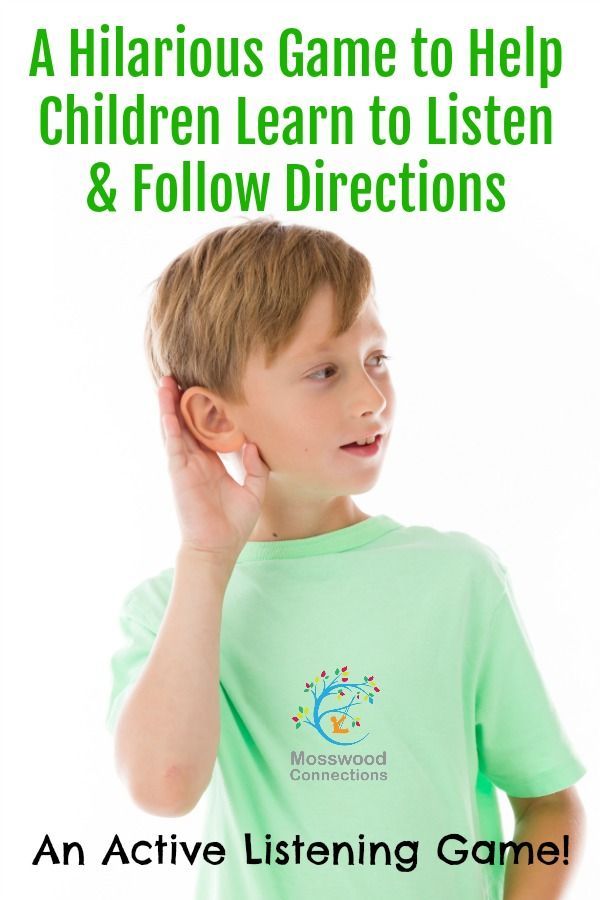 Finishing a difficult project deserves a special treat; doing well on a math test could call for a trip to get ice cream. Always use positive reinforcement as your tool to motivate learning with your child.
Finishing a difficult project deserves a special treat; doing well on a math test could call for a trip to get ice cream. Always use positive reinforcement as your tool to motivate learning with your child.
11. Focus on strengths
Focusing on strengths can be difficult when there is so much your child struggles academically. Notwithstanding, focusing on your child's strengths is vital to healthy emotional and academic development and progress. Focusing on your child's strengths is another form of positive reinforcement that will motivate him to keep learning. Conversely, focusing on your child's weaknesses does nothing but cause discouragement, distress and a lack of desire to learn. Did Johnny fail his math test? Well then, in addition to getting him a little extra help with his math, make sure to congratulate him for how well he's doing in science class.
12. Make every day a learning day
Turning every day into a learning day may sound like a bit much, but it really isn't, if you go about it the right way. Whenever possible, encourage your child to explore the world around him, ask questions and make connections. Help him categorize, classify and think critically of what he sees and experiences. Turning every day into a learning day will help your child develop the internal motivation to learn in the classroom, at home or wherever he may be.
Whenever possible, encourage your child to explore the world around him, ask questions and make connections. Help him categorize, classify and think critically of what he sees and experiences. Turning every day into a learning day will help your child develop the internal motivation to learn in the classroom, at home or wherever he may be.
Read Also:
- 16 Study Motivation Tips, Tricks, and Hacks
How to Help Your Child Succeed at School - Smarter Living Guides
By Jessica Lahey
Illustrations by Henri Campeã
In the high-pressure, high-stakes game of school, it can be difficult to know which parenting strategies really promote learning. A successful experience in school is not only about report cards. Ideally your child will learn how to learn, retain information, think independently, ask questions and develop an increasing sense of competence. Here are some guidelines for making sure you start on the right foot and keep enthusiasm and momentum high throughout the school year.
Key Values
There is so much to think about each school year, but above all else, these simple rules can help keep you focused on what’s most important for school success.
Do
- Focus on the process, not the product.
- Encourage kids to self-advocate.
- Keep a long-term perspective.
- Maintain a healthy sleep schedule.
- Love the child you have, not the child you wish you had.
Don’t
- Overschedule.
- Worship grades.
- Encourage helplessness.
- Compare kids to one another.
- Love kids based on their performance.
Value the Process Over the Product
Very young children are naturally driven to learn and explore. They are at the very beginning of their lifelong quest to understand and gain mastery of the world around them. As they reach out, fall and get back up again, they gain a heightened sense of mastery, competence and self-efficacy. Somewhere around kindergarten, however, parents and teachers begin to undermine this process by devaluing the process of learning and replacing it with a mad dash for the end products.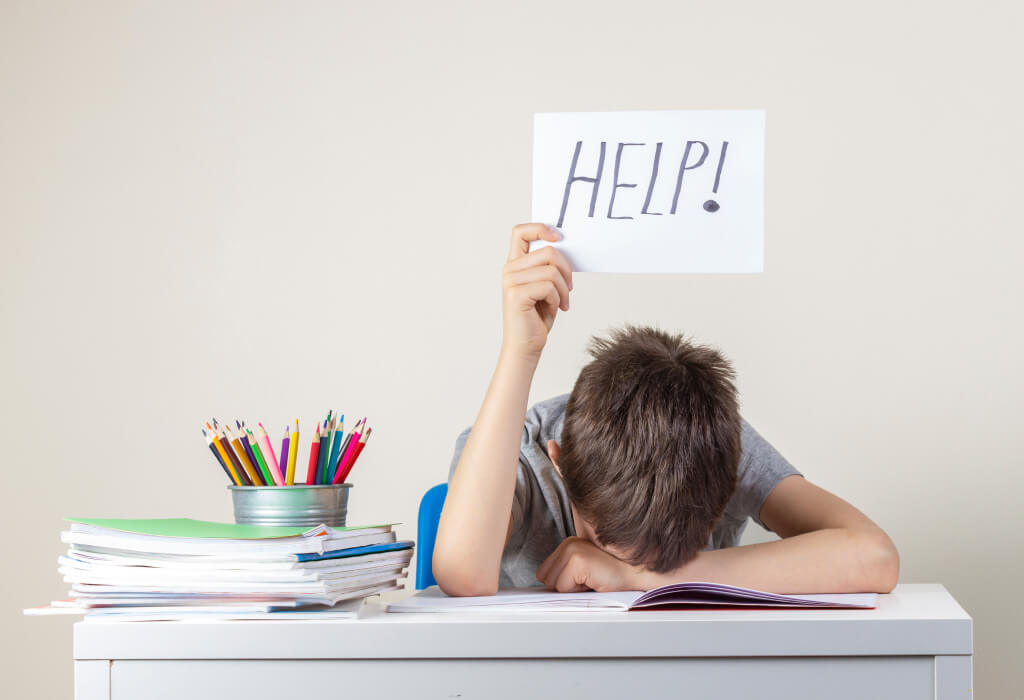 Suddenly, the intrinsic motivators of natural curiosity, competence and self-efficacy are less valuable than extrinsic motivators such as stickers, points and grades. Unfortunately, extrinsic motivators undermine kids’ desire to learn over the long term. Want your kid to lose interest in school? Pay them for their A’s and worship at the altar of grades. If you’d instead like your kids to remain curious and hungry for mastery, here are some tips for re-orienting kids’ priorities.
Suddenly, the intrinsic motivators of natural curiosity, competence and self-efficacy are less valuable than extrinsic motivators such as stickers, points and grades. Unfortunately, extrinsic motivators undermine kids’ desire to learn over the long term. Want your kid to lose interest in school? Pay them for their A’s and worship at the altar of grades. If you’d instead like your kids to remain curious and hungry for mastery, here are some tips for re-orienting kids’ priorities.
- Keep report cards off social media and the refrigerator. We can tell our kids that we value learning all we want, but when we gush over grades and stick them to the refrigerator, we show them that what we value most are the grades. Of course, grades are what most parents are stuck with, even if they are flawed and incomplete indicator of learning as well as what’s known as an “extrinsic motivator,” which has been shown to reduce motivation over the long term, undermine creativity, and encourage cheating.
 Some schools have moved away from letter-based grades and are using reports focused on mastery- or standards-based evaluations, which can help parents and kids focus on what’s being learned rather a grade. No matter what kind of report your child gets, humble-bragging about it on social media only feeds parental competition, raises the pressure for kids and teaches them that your love and approval is contingent on the content of their report card.
Some schools have moved away from letter-based grades and are using reports focused on mastery- or standards-based evaluations, which can help parents and kids focus on what’s being learned rather a grade. No matter what kind of report your child gets, humble-bragging about it on social media only feeds parental competition, raises the pressure for kids and teaches them that your love and approval is contingent on the content of their report card. - Focus on the process they used to get that grade. When we invest less energy and emotion in the number or letter at the top of the page, we can begin to ask our children questions such as, What did you do to get this grade? Which study techniques worked for you and which ones did not? What are you going to do differently next time?
- Look forward, not back. The best question parents can ask when faced with a grade, whether high or low, is: How are you going to use this experience to be better next time? This technique works particularly well for anxious and overly perfectionist kids, because they can get stuck in a negative feedback loop, obsessing wholly on the numbers and grades.
 Helping them shift their focus back to the process can alleviate that anxiety, particularly when we help them prioritize the aspects of learning they can control.
Helping them shift their focus back to the process can alleviate that anxiety, particularly when we help them prioritize the aspects of learning they can control.
Model: Talk about your own failures and successes with your kids, showing them that you, too, are invested in the process of learning. If you berate yourself over failures, so will they. If, however, they see you being brave and learning from your mistakes so you can be better next time, so will they.
Value Goals Over Grades
One easy way to invest in process is to set goals, both individually and as a family. Try to do this at the beginning of a new school year, the first of the month, or the beginning of a new season. Keep the discussion light and low-pressure. This process isn’t about getting better grades, it’s about supporting learning as a family.
Everyone (yes, that means parents, too) sets three short-term, achievable goals oriented around tasks and improvements under your control. For example, “I’m going to get all A's this semester” is too broad and too difficult to control. Instead, try “I’m going to ask for help in math more often,” “I will plan one extra help session a week,” or “I will practice my multiplication three extra times this month.”
For example, “I’m going to get all A's this semester” is too broad and too difficult to control. Instead, try “I’m going to ask for help in math more often,” “I will plan one extra help session a week,” or “I will practice my multiplication three extra times this month.”
One of those three goals should be a challenge. We can’t hope to convince our children to be emotionally and intellectually brave unless they see us do the same, so set some goals that get you out of your comfort zone. Take guitar or dance or Spanish lessons, try an activity you have never tried before, or pick up a new hobby. This is, after all, how we expand our cognitive potential and make new connections in our brains that can help us become stronger, smarter and more efficient learners.
A few years ago, one of my sons’ goals was to make a few new friends, a goal that was both challenging and important to him.
Before you set new goals, take the time to assess how everyone did on past goals. Review these goals once a month or once a semester. If you fail to achieve your goals talk about why, and what you plan to do differently next time. If you succeed, celebrate that achievement!
If you fail to achieve your goals talk about why, and what you plan to do differently next time. If you succeed, celebrate that achievement!
Model: Watching a parent set a scary, ambitious goal and talk about the process of achieving it is the most direct way to teach children that learning and striving to be better are human goals, not just school goals.
Maintain a Long-Term Perspective
Education and parenting are both long-haul endeavors, and improvements don’t happen on a daily basis.
- Don’t live in the daily emergency of this homework or this test. Instead, think about where you’d like your child to be in a year or five years in terms of competence and growth. Which is more important to you, that you deliver your child’s forgotten math homework today or that she develops a strategy for not forgetting her math homework tomorrow?
Model: When things go wrong in your own life, talk about them.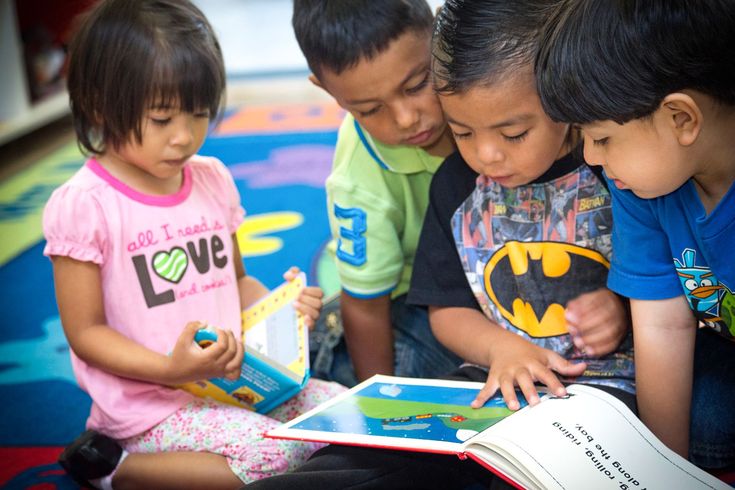 Keep your focus on doing better next time and your long-term perspective. For example if you mess up at work, frame your discussion around improvement and long-term progress: “Well, this work project did not work out the way I wanted, but I still love what I do and want to be doing something related in five years. Here’s how I plan to learn from this so I can get there.”
Keep your focus on doing better next time and your long-term perspective. For example if you mess up at work, frame your discussion around improvement and long-term progress: “Well, this work project did not work out the way I wanted, but I still love what I do and want to be doing something related in five years. Here’s how I plan to learn from this so I can get there.”
Help Them Find Balance
Kids are overscheduled, families are in a constant rush, but a few, strategic pauses in your family’s day can make a huge difference.
Help Kids Create Effective Good Routines
Present mornings, chores and homework time to kids as a problem to be solved together. In a quiet, calm moment, say, “You know, mornings are really hectic around here and it’s hard for everyone to remember to get out the door with everything they need. How do you think we can make mornings easier and happier?”
Kids are more likely to stick with a plan they created themselves.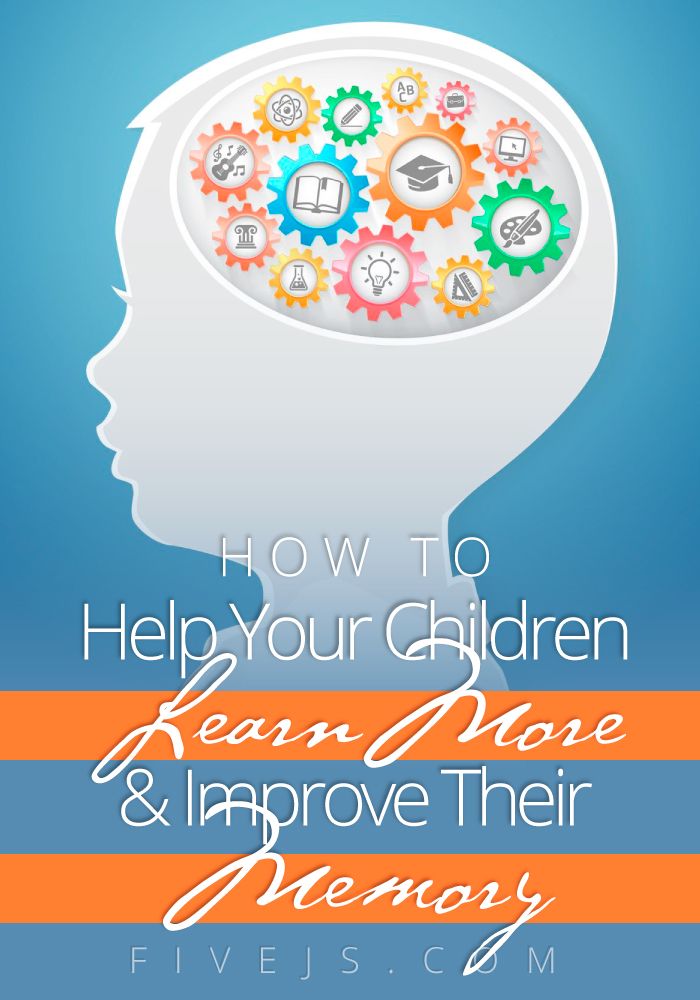 Buy-in happens most often when kids have a hand in creating strategies, and sometimes it’s more important to be functional and efficient than to be right.
Buy-in happens most often when kids have a hand in creating strategies, and sometimes it’s more important to be functional and efficient than to be right.
Try asking, “What would your ideal morning routine look like?” or “What would a perfect homework day look like for you?” then help them come up with ways to make those visions real.
Help kids operationalize the systems they create. If it’s a planbook, talk about setting intermediary deadlines. If it’s alarms on a virtual calendar, try different sequences of alerts ahead of a due date. Think of your role in this process like that of the training wheels on your kid’s bike. As our children get more sure of their strategies and systems, we can raise the training wheels up until they are no longer needed at all.
Model: Talk about your own systems, when they fail, why they work for you. As I get older, I find I have to write more things down or I will forget them. When I do, I mention this to my kids, and they have even helped me brainstorm ways to get things down on paper before I lose them to the ether.
Encourage Good Study Habits
- Ensure quiet time in your home. Multi-tasking is a myth, especially for kids. Shut off the TV, and if they like to play music, studies show that music with lyrics undermines concentration and productivity.
- Ask your kids what their perfect homework routine might look like. Help them create that vision. Some kids might want a break after school to blow off pent-up energy, others may want to get the homework done first so they can get on to free play. Let them choose the space, too. Just because you envisioned a central study location in your home when you designed it does not mean it’s going to be their preferred spot.
- Limit phones during homework time. Phones are a distraction when they are in the room, even when they are turned off, one study shows. If they are a distraction for adults, with their fully mature executive function skills, they are even more distracting for kids, whose frontal lobes (and the executive function skills that originate there) won’t be fully mature until their mid-20s.

Model: Let kids see you working distraction-free, in an environment that promotes focus. As ever, kids do what we do, not what we say. Work on your projects the way you’d like to see them doing their work.
Plan for Technology Use
Have a plan in place for family tech usage. This can be around minutes, data or context. If you want family dinners and homework to be tech-free zones, agree to that ahead of time. Then sign a tech contract. Some kids respond to the clarity of a signed contract you can point to for reference. Here are some contracts I love, from Juliana Miner, author of “Raising a Screen Smart Kid” and Devorah Heitner, author of “Screenwise.”
Model: When I ask kids what they’d most like me to convey to their parents at my speaking events, one of comments I hear most often is something like: “If you want us to turn our phones off, or spend less time texting with our friends, then parents should do the same.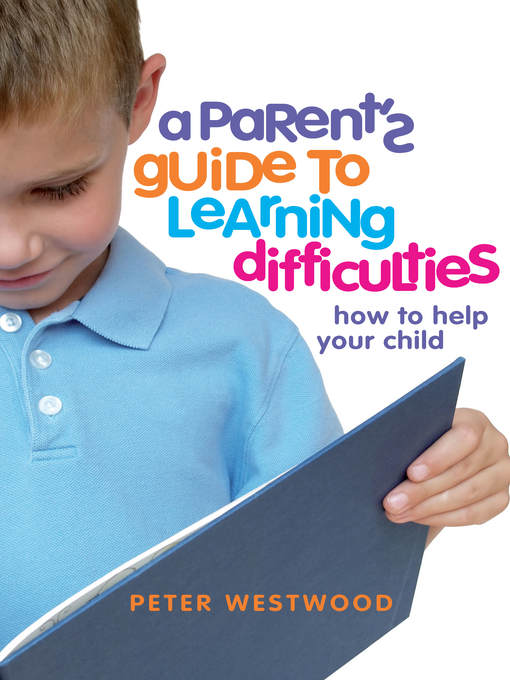 ” When we ask kids to make sacrifices we are not willing to make ourselves, they see us.
” When we ask kids to make sacrifices we are not willing to make ourselves, they see us.
More on establishing solid routines
Communication Between School and Home
When students, parents and teachers communicate openly and honestly with each other about what’s happening at home and in the classroom, everyone can stay focused on the learning.
Keep School-Home Lines of Communication Open
The research is clear: Family involvement and positive home-school communication have been associated with improved grades, positive behavior and attitudes about learning, increased participation and increased attendance. Start by finding out how your child’s teacher would like to be contacted, and honor his or her preferences by sticking to that method.
When something comes up, go to the teacher first, and not to the principal. That is unfair to both the principal and the teacher. Besides, the principal most likely was not present in your child’s classroom to witness the events in question, so it puts him or her in an awkward position.
Remember the good moments too. Thank teachers for their efforts on behalf of your child. Thanking teachers lets them know that you respect and appreciate what they do and how they do it. I have an envelope full of these notes accumulated over 20 years of teaching Latin, English and writing, and I often refer back to them when I’m having a bad day or feeling unappreciated. Gratitude matters.
Model: Don’t bash or undermine a teacher in front of the kids. Kids hear what you say about their teachers, and it’s essential to preserve the student-teacher relationship at all costs. It can be confusing for kids when parents say negative things about their teachers, just as it’s upsetting when one parent speaks ill of the other during a separation or divorce.
Promote Self-Advocacy
Starting as early as kindergarten, children need to be encouraged to speak up, tell adults what they need, and stand up to people who are not treating them the way they want to be treated. Self-advocacy is a key part of building a child’s sense of self- efficacy, or the understanding that they have the power to control and change their behavior, motivation and environment.
Self-advocacy is a key part of building a child’s sense of self- efficacy, or the understanding that they have the power to control and change their behavior, motivation and environment.
When your children come to you to complain about how another child or a teacher treated them, ask what they said or did (or what they plan to say or do) to make sure they are heard and understood. Simply asking this question can help children reframe the situation and consider what they can do to effect change themselves.
Expect children to be a part of home-school communication from the first day of elementary school and increase your expectations for their involvement each year until your child is the main conduit of information between home and school. You can provide support, of course, but somewhere around the beginning of middle school, your child should take the lead.
Get support for your efforts to boost their self-advocacy. Let teachers know you are making this shift so they can support your child’s efforts to be more effective in their communication.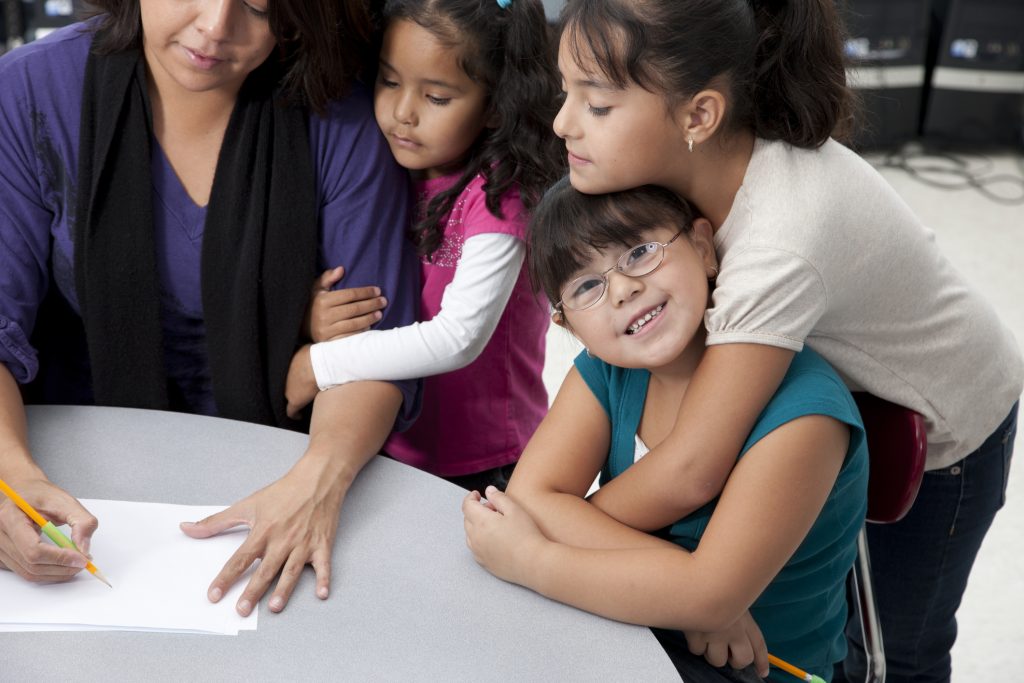
Coach your children through talking with teachers about problems and talk through the approaches they can take. You can write scripts or role play if a child is anxious about the discussion. This can actually be a fun way to dispel anxiety and play-act the conversation until your child is comfortable.
If children are facing especially stressful challenges as a result of bullying, special education needs or mental health issues, school counselors can be parents’ greatest ally. Today’s school counselors are mental health professionals who are able to guide students in school and provide referrals as needed to other mental health and academic support professionals in the community. They can even direct parents to low-cost or sliding scale providers if needed, and ensure continuity between school-based services and outside providers.
Model: Talk about how you ask for help and assert yourself even when it makes you nervous. Explain how you make sure your needs are heard and addressed.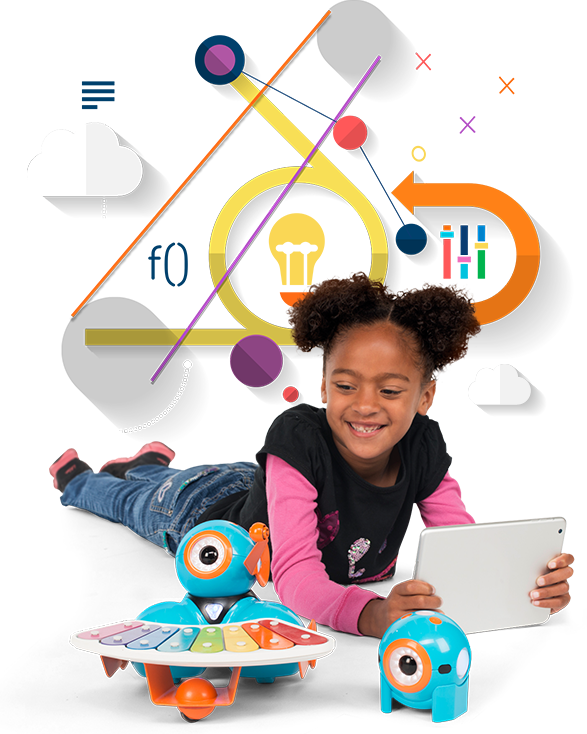 If you need to talk to your boss about a misunderstanding at work, make your kid a part of a dinnertime discussion about ways you could approach the conversation. We are, after all, our children’s first teachers when it comes to conflict resolution and self-advocacy.
If you need to talk to your boss about a misunderstanding at work, make your kid a part of a dinnertime discussion about ways you could approach the conversation. We are, after all, our children’s first teachers when it comes to conflict resolution and self-advocacy.
Work With Their Bodies, Not Against Them
As the best learning happens in the context of healthy brains and bodies, here are some ways to ensure kids are ready and able to learn.
The Link Between Sleep and Learning
Sleep is integral to learning and memory consolidation, so prioritize sleep over other activities. If your child isn’t getting to homework until late, think about what else in the family schedule can move to make that a priority. Talk about scheduling before committing to a new extracurricular activity in the first place.
School-age children need 9 to 11 hours of sleep every night in order to be physically and mentally healthy. And teens need 8 to 10 hours of sleep. But studies show that they are getting far less than that.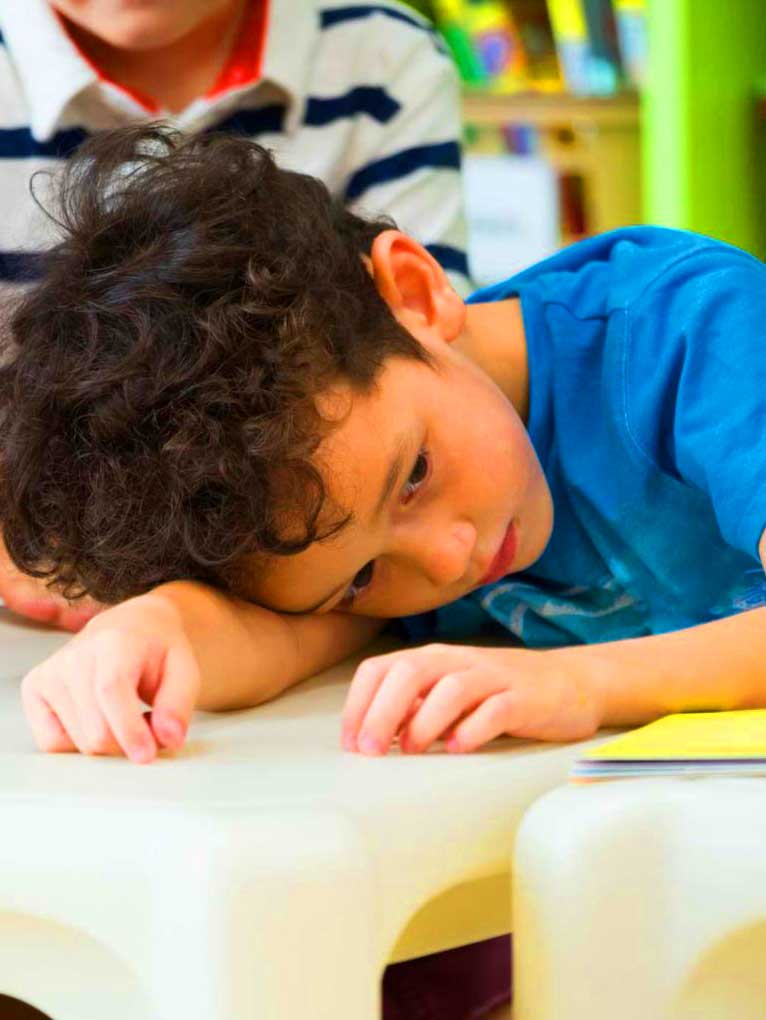 This is partially because of two developmental changes during adolescence:
This is partially because of two developmental changes during adolescence:
- Sleep phase delay. When teens tell you they simply are not sleepy at night, they are not lying. Due to a shift in their circadian rhythm during adolescence, they get tired later than children and adults. In light of this, the American Academy of Pediatrics recommends that high schools start no earlier than 8:30 a.m. to account for teen sleep phase delay and promote teen mental and physical health.
- Less awareness of fatigue. Teens are also less likely to feel the effects of their sleep deprivation, which can lead to falling asleep in school or worse, behind the wheel of a car.
Remember, “catching up” on the weekend does not work because it can throw off children’s circadian rhythms further, compounding the problem.
The National Sleep Foundation recommends adolescents try keeping a sleep diary to put the reality of their sleep habits in black and white. It’s hard to claim you are getting enough sleep when the numbers tell a different story.
It’s hard to claim you are getting enough sleep when the numbers tell a different story.
If your child asks for “just one more hour” for homework or to prepare for a test you can tell them that all other things being equal, an extra hour of sleep will likely be more valuable for memory consolidation than an extra hour of study.
Model: Let kids see you value sleep. Allow the house to get quiet an hour before a reasonable bedtime, put your devices away, pull out a book and keep good sleep habits yourself.
How Kids’ Brains Work
Until fairly recently, scientists believed that because childrens’ brains are done growing by the age of 10, their brains are mature by 10 as well. This could not be further from the truth. Kids’ brains are still developing on a cellular level, in a process that won’t be completed until their mid-20s.
Children’s brains develop in fits and starts, with a first period of massive growth and development between the ages of 1 and 3, and a second during adolescence (between 11 and roughly 25). During these periods of heightened change, their brains are said to be highly “plastic,” meaning they adapt and grow rapidly in response to their environment.
During these periods of heightened change, their brains are said to be highly “plastic,” meaning they adapt and grow rapidly in response to their environment.
Increased brain plasticity also means increased potential for learning because brain cells morph from their immature, inefficient “gray matter” state to their more mature and efficient “white matter” state, while building up to 100,000 new synapses per second. Brain cells talk to each other via synapses, and it’s a “use it or lose it” situation. The more brain cells talk to each other via these new connections, the greater the brain’s potential to process and learn.
The last part of the brain to mature is the frontal lobe, where organization, time management and all those other executive function skills happen, so be patient. Middle and high school kids can’t possibly manage all the challenges school and society throws at them, so support kids as they try, fail and try again.
Model: Brain power is built through challenge and so-called “desirable difficulties,” learning tasks that lie just a bit beyond our ability level or comfort zone.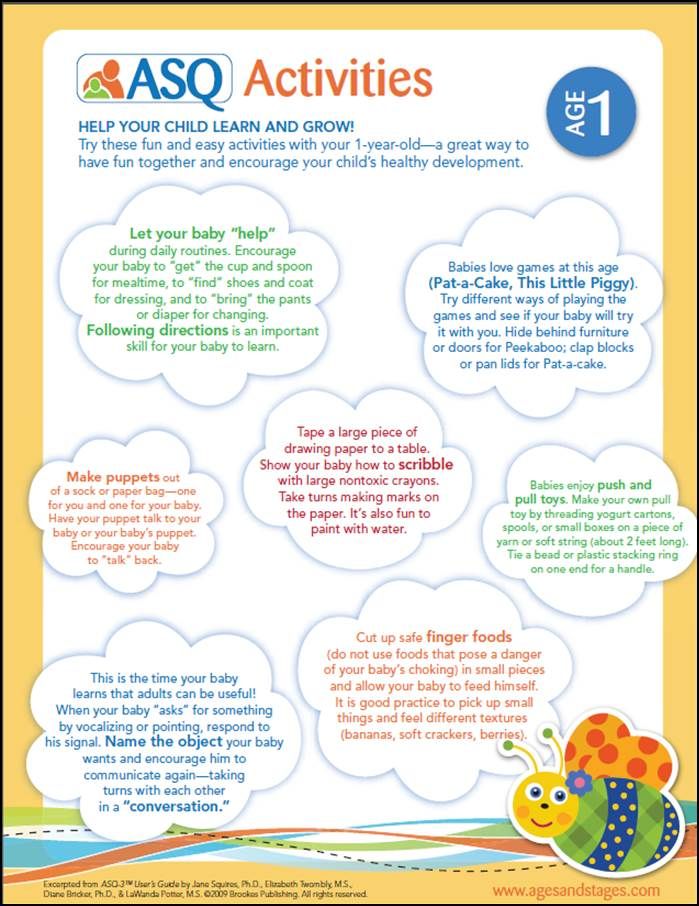 The more our kids see us take on challenges and learn from our mistakes, the more likely they will be to do the same.
The more our kids see us take on challenges and learn from our mistakes, the more likely they will be to do the same.
More on child development
How to help your child study: 5 tips for parents
Irina Balmanzhi
Of course, the school bears its share of responsibility for the education and upbringing of children, but much also depends on the family. Parents make the mistake of imposing excessive control on their child, doing homework for them, or being too harsh on grades. However, it would also be unreasonable to completely distance oneself from the educational process.
Want to help your child study? Follow our recommendations.
Prepare a first grader for school
The first year is very important. The more comfortable the child is from the very beginning, the higher the likelihood that he will not dislike learning in the future.
In order for a first-grader to adapt faster, preliminary psychological preparation is needed.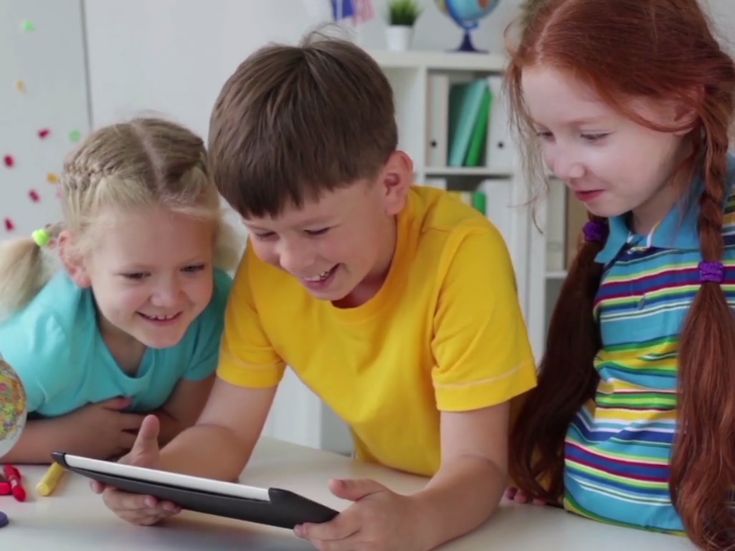 It will be easier for him to get used to the new conditions if you play school before the start of the school year; show how to build a portfolio; explain what lessons and homework are; enroll your child in courses for preschoolers, where he can meet his future teachers.
It will be easier for him to get used to the new conditions if you play school before the start of the school year; show how to build a portfolio; explain what lessons and homework are; enroll your child in courses for preschoolers, where he can meet his future teachers.
Many parents ask what they need to know for school. There are no official requirements, but you will make life easier for your child if you teach him to read. Put a boring primer on the shelf and try to find books that a first grader will really like. It is desirable that they be with bright pictures, an interesting plot and a simple short text.
Source
In order for the child to acquire important learning skills, offer him educational games, such as puzzles, mazes, coloring by numbers, connecting dots by numbers. Such classes teach to concentrate and think logically, train attentiveness, perseverance and fine motor skills, help to remember the ordinal count, colors and shapes.
Design activities to arouse (rather than distaste) the novice student for learning and help him master the most basic skills. To do this, you can use the KUMON method. Do not overdo it: if you go through the entire program for the first grade in advance, the child will be bored in the classroom.
To do this, you can use the KUMON method. Do not overdo it: if you go through the entire program for the first grade in advance, the child will be bored in the classroom.
Stir up interest in science
The ability to cram textbooks is not the main thing in studying. Much more important is motivation, interest, desire to explore the world. Think about how to captivate a child with science and awaken in him a thirst for knowledge. Here are just a few ways.
- Give your student colorful encyclopedias that explain theory in a simple and fun way.
- Go to the planetarium.
- Watch a popular science film.
- Sign up your child for a language camp.
- Visit history museums and art galleries.
- Do exciting experiments and experiments at home: show that chemistry and physics are not just formulas.
Source
It will be great if you give your child the opportunity to apply the acquired knowledge in practice. For example, let him pay on his own in the store (to reinforce addition and subtraction skills). By connecting his studies with real life, he will begin to show more interest in school subjects.
For example, let him pay on his own in the store (to reinforce addition and subtraction skills). By connecting his studies with real life, he will begin to show more interest in school subjects.
Teach the basics of time management
How to help your child grow up
The ability to manage your time and the habit of doing everything by the deadline will greatly simplify the learning process. Show the student how to develop a realistic schedule and explain why being organized is important. Below are some scheduling rules.
1. When time is short and there is a lot to do, it is helpful to make a list of what needs to be completed within the next day or week. Then you should mark the most relevant items in the list so as not to waste time on less important ones.
2. Time management requires learning to say “no” to things that might get in the way of priority tasks.
3. When adding large tasks to your to-do list, it is worth dividing them into three or four parts and moving forward step by step.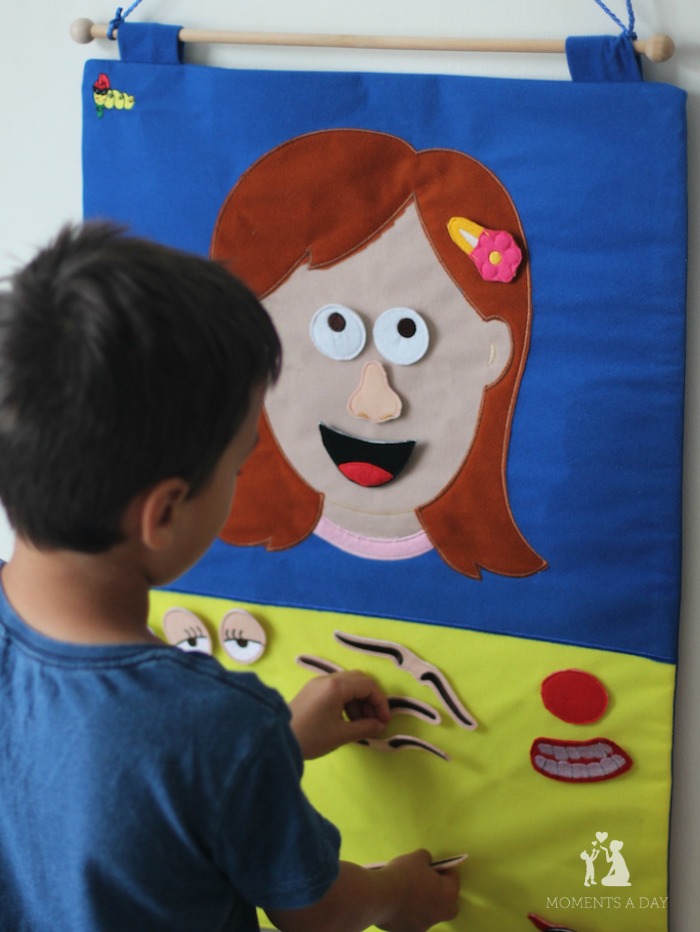 Then a huge task will seem doable and not so scary.
Then a huge task will seem doable and not so scary.
4. It is advisable to follow a certain routine every day so that it becomes a habit (for example, always start lessons immediately after school).
5. When a teenager has too many tasks, it causes a lot of stress. To maintain motivation, it is necessary to plan not only important things, but also regular breaks.
If you want your child to grow up, resist the temptation to do everything for him. He must be able to independently plan his actions so that there is enough time for homework, preparing for exams, and relaxing. You need to teach him this and step aside.
Help with stress
How to teach a child to learn
School creates a lot of stressful situations: tests, tests, exams, reports, and just answers at the blackboard - all this makes you pretty nervous. Excessive stress leads to a whole range of unpleasant consequences: it interferes with concentration, impairs cognitive abilities, reduces the chances of achieving good results and, of course, is harmful to health.
Here are some simple ways to help your child deal with anxiety and stress.
1. If a student does not sleep well, it will be difficult for his body to deal with stress. Nighttime rest is essential, so make sure your child always goes to bed on time and gets at least nine hours of sleep. The brain will rest better if you turn off electronic devices (TV, laptop, tablet, mobile phone) about an hour before bedtime.
2. Fear of failure, anxiety about results, lack of confidence in one's abilities are typical experiences of many students. Explain to the child that there is no point in winding yourself up. Instead, you need to soberly assess the circumstances. How justified are the fears? What exactly can be done so that fears do not come true? It is not difficult to break the chain of disturbing thoughts, for this it is enough just to change the approach to the situation.
3. Tell the student about relaxation techniques. For example, to quickly calm down, you can listen to your favorite music, meditate, imagine your future triumph in detail, make a mental journey to a safe place, do art, take a bath, take a walk in the nearest park.
4. Proper planning is also one of the ways to save yourself from stress. It is very important to strike a balance between study and entertainment. It is useful to include sports and favorite activities, communication with friends in the schedule.
5. Don't judge too harshly and don't dwell on bad grades. Everyone makes mistakes: this is an essential element of learning. Explain to the child that failure is not a disaster, but an occasion to think about how to improve results next time.
Explain a difficult topic
How to explain mathematics to a child
Of course, homework is the responsibility of the student, and explaining the material is the responsibility of the teacher. But if the child cannot understand a certain topic and asks you for help, try to help him out.
Source
In case you yourself have forgotten the school curriculum, it is useful to have reference books and encyclopedias on basic subjects at hand so that you can quickly refresh your knowledge.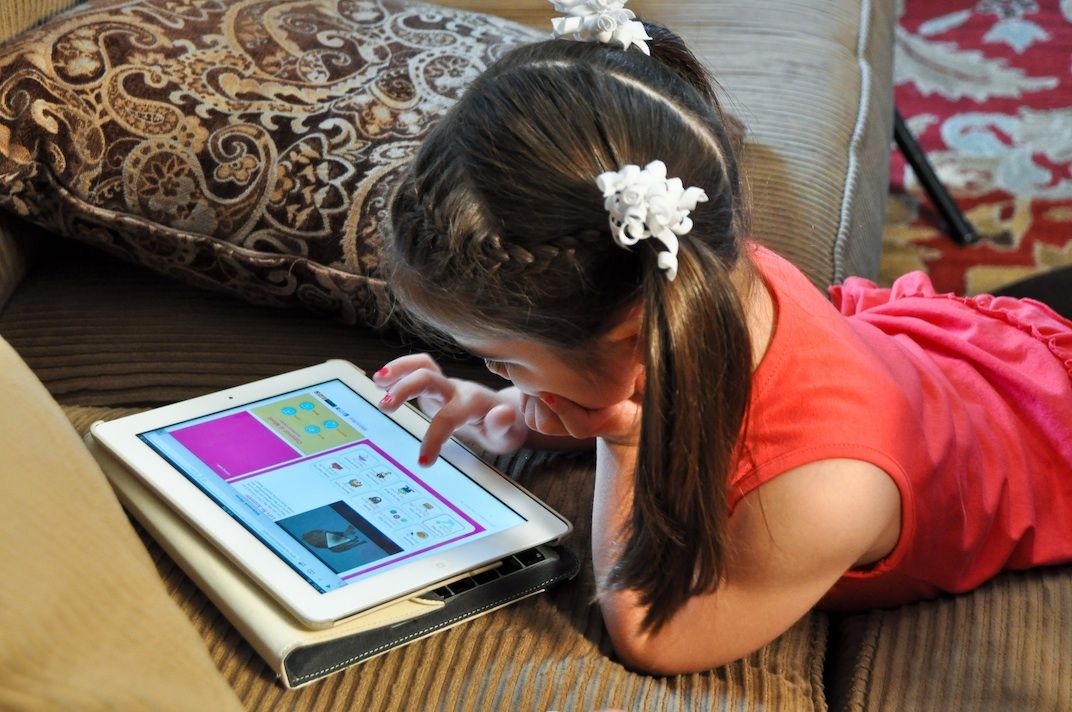
How to explain science to a child
When working with a child, remain calm and positive, speak in a neutral tone. Remember: your job is to create a positive attitude towards learning.
It is very important to use feedback. It is best to combine praise with constructive criticism. Start with the good, then point out what can be improved. Focus on the essentials: no one is interested in listening to a long list of flaws. Then again it is worth talking about the good in order to end the conversation on an optimistic note.
Post cover from here
6 Effective Ways to Help Your Child Develop and Learn
Child development is a constant source of concern for parents. Does the baby succeed? Why hasn't he spoken yet? Maybe something is wrong? Such worries are often unfounded and even harmful, say pediatrician Michael Hauck and science journalist Regina Hauck.
In the book “Between care and anxiety. How increased anxiety, false diagnoses and the desire to comply with developmental norms turn our children into patients, ”they tell how to help a child develop harmoniously and stop worrying in vain.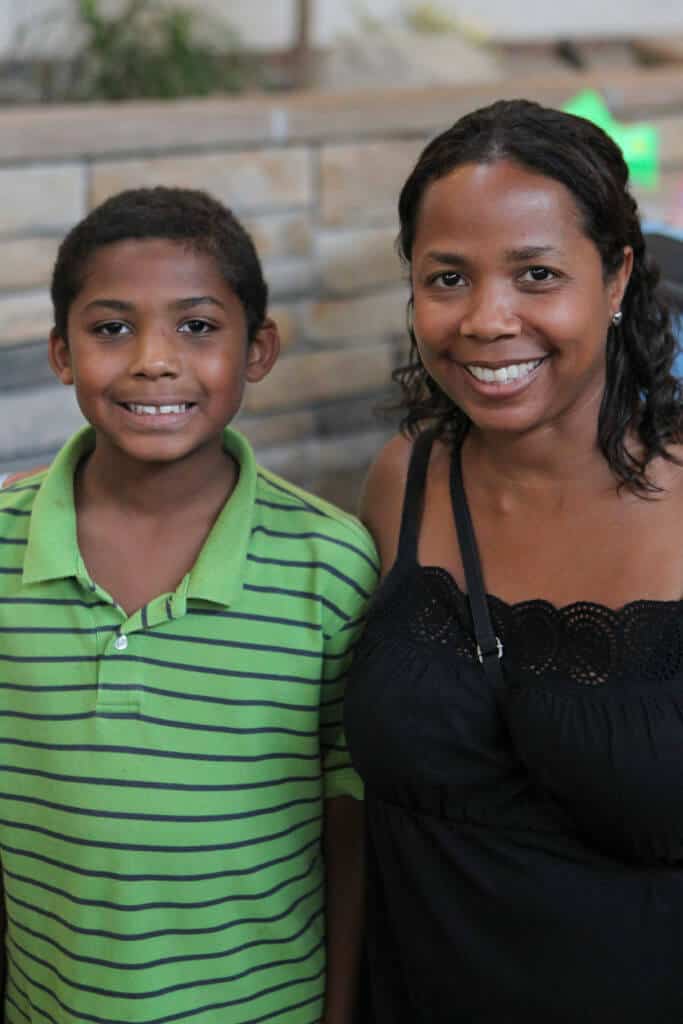 With the permission of the Bombora publishing house, Lifehacker publishes an excerpt from the 16th chapter.
With the permission of the Bombora publishing house, Lifehacker publishes an excerpt from the 16th chapter.
On the one hand, you need a reliable and stable relationship with parents and other caregivers, on the other hand, the freedom to know yourself and be active, plus an environment that motivates you to learn. If these basic needs are met, the child is in the best position to develop healthy and learn what is possible for him.
1. Clearing the way, but not leveling it
Many parents, at the slightest effort of the child, rush to his aid. They give him a hand so that he quickly climbs up and sits on a chair. They take him to school and even bring his satchel into the classroom. Such parents say: “Tomorrow we are writing a math test.” And then they sit down with the child at the table and study until late in the evening. I know patient parents who take Latin classes to help their children.
There are schools that offer these courses especially for parents.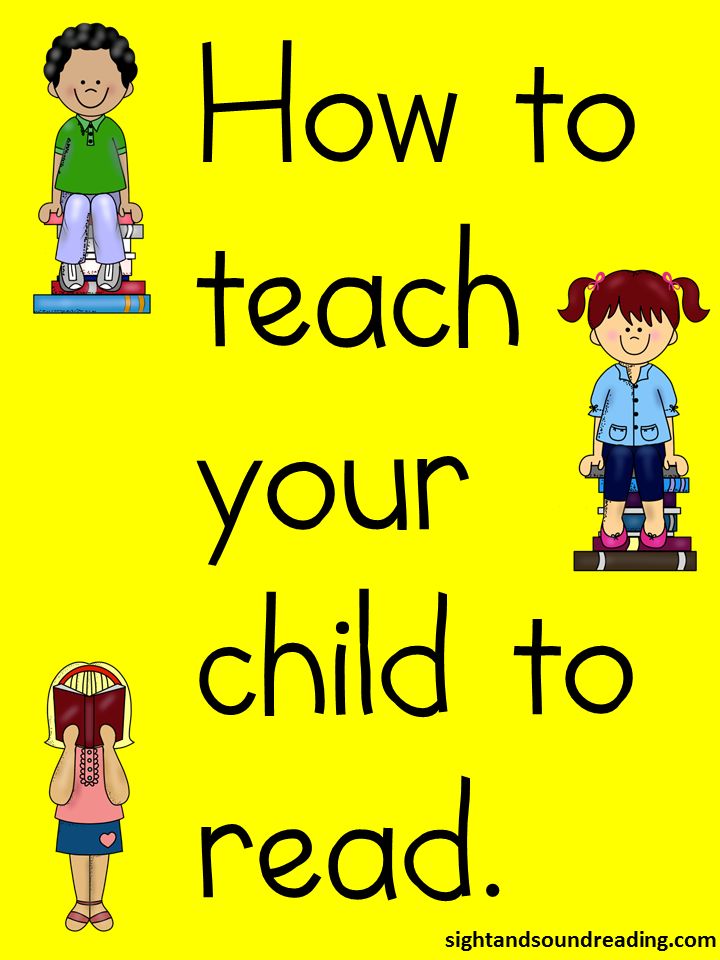 A mother whose son (or "we") just graduated from high school recently gleefully announced that some universities now even have parenting days and that she looks forward to meeting her son's teachers.
A mother whose son (or "we") just graduated from high school recently gleefully announced that some universities now even have parenting days and that she looks forward to meeting her son's teachers.
When parents free their child from all unnecessary effort, this has nothing to do with the necessary removal of obstacles to development or the creation of a reliable base. The behavior of the parents in this case reminds me of curling. With the help of large brushes, the players clear the path for their colleague so that the curling stone can slide freely along the desired trajectory.
What works in curling does not work in raising children. If the track is too flat, the child does not learn how to overcome obstacles, solve problems on his own or with the help of other people, as well as have fun and develop his own skills.
Intellectually developed according to their age, these children remain emotionally and socially at the same level: little tyrants, prone to brash and self-centered behavior, who, when faced with every difficulty, immediately begin to feel depressed, cannot integrate into the community in the children's garden or school. They feel emotionally insecure and worthless. Because of this, it is difficult for them to find friends from whom they could learn further development.
They feel emotionally insecure and worthless. Because of this, it is difficult for them to find friends from whom they could learn further development.
2. Give up excessive control
Self-study is a basic psychological need. Children acquire skills and knowledge of their own accord when they find an environment that encourages their pursuits.
This also applies to children with mental or mental retardation. Like their perfectly normal peers, they explore the world in accordance with their own level of development, if the environment does not interfere with their activities due to excessive control or an abundance of rewards, but offers them favorable conditions for development. […]
3. Set an example
People are interested in people. You can quickly test this statement with a little experiment. Just open the newspaper and see what "lingers" on the eye. Exactly! Photographs with people.
For millennia, the interest in the brethren has guaranteed survival. Because when you are surrounded by hungry saber-toothed tigers and other rather unfriendly animals, it is very useful to stick together and defend yourself together. And when the dinner is large, shaggy and armed with sharp horns, it is better to hunt it in a group. Knowledge is also best transferred when people live in close contact with each other. If all our ancestors were loners, everyone would have to open fire and the wheel on their own.
Because when you are surrounded by hungry saber-toothed tigers and other rather unfriendly animals, it is very useful to stick together and defend yourself together. And when the dinner is large, shaggy and armed with sharp horns, it is better to hunt it in a group. Knowledge is also best transferred when people live in close contact with each other. If all our ancestors were loners, everyone would have to open fire and the wheel on their own.
So an interest in other people is a good basis for getting to know a lot of useful things and learning a lot of useful things in order to survive better in this way. For this reason, evolution ensures that children initially show interest in other people: newborns have a clear preference for shapes that resemble faces.
Period, dot, comma, dash drawn on the glass attract their attention. If the glass is also moving, the more interesting. Of all sounds, babies love human voices the most. They react to light skin contact with relaxation.
The innate ability to learn through imitation also helps children navigate the world better. Even newborns can imitate other people's simple facial expressions, such as opening their mouths wide or sticking out their tongues.
The older children get, the more they pay attention to their fellows. Scientists call this social learning.
From the end of the first year of life, children observe very carefully what adults or other children do with objects and try to imitate them. For example, they see how their parents, brothers and sisters eat with a fork and knife, and they also want to do this. They notice how parents, brothers and sisters treat each other and other people, how they talk, how they listen, how they play with each other, quarrel and make up. “How many times can I repeat: listen when I talk to you,” a four-year-old girl says to her doll, exactly copying the tone and expressions of her mother.
Education would be impossible without great interest in other people and without learning by imitation. Parents may abstractly explain to their child how to set the table, or may try again and again to teach him how to arrange plates, lay out knives and forks. But it takes a lot of time and effort.
Parents may abstractly explain to their child how to set the table, or may try again and again to teach him how to arrange plates, lay out knives and forks. But it takes a lot of time and effort.
If, instead, the child observes how parents, brothers and sisters, teachers and children in the kindergarten set the table every day, he will take them as a good example and begin to imitate them. Because from an early age, children want to "help" and please the people around them - another useful evolutionary trick that ensures that the child can learn and connect with the group, instead of giving up on their abilities, running away and putting themselves in danger.
4. Help to learn from objects
Only a few weeks after birth, babies can distinguish living beings from inanimate objects. First, the child drags objects from his environment into his mouth, then touches them, and then carefully studies them. All this happens in the first year of life in that order.
For this, the child does not need a role model. Independently and on his own initiative, he deals with things and explores their external characteristics: size, weight, surface. He learns to push a toy car in front of him or hold building blocks so they don't fall out of his hands.
Independently and on his own initiative, he deals with things and explores their external characteristics: size, weight, surface. He learns to push a toy car in front of him or hold building blocks so they don't fall out of his hands.
Researchers have found that as early as the first year of life, children understand that living beings can move in any direction or back and forth at will, and inanimate objects always move according to the same laws of mechanics until they are acted upon by an external force . Obviously, children bring into the world this useful knowledge that helps them understand the material world and its laws.
Babies already have an idea of numbers. Four-month-old babies can distinguish between a combination of two and three dots (although they do not see the difference between four and six dots).
Education does not start at kindergarten or school, but much earlier.
And children are born with the prerequisites for this. Adults do not have to do anything other than offer toys to the child, with the help of which he can get new experiences that correspond to his level of development. At first it will be rattles, then building blocks, later - dolls and Lego blocks. The child will explore them with his eyes, mouth and hands and learn in the process.
Adults do not have to do anything other than offer toys to the child, with the help of which he can get new experiences that correspond to his level of development. At first it will be rattles, then building blocks, later - dolls and Lego blocks. The child will explore them with his eyes, mouth and hands and learn in the process.
5. Explain in detail
As soon as a child begins to speak, he no longer wants to learn by imitation, but allows adults to explain the world. With his “what,” “who,” and “where” questions, he asks them to name things, people, and places.
When at some point - around the age of three - all the kitchen appliances, all the animals and people around him get names and names, the questions "why" arise. “Why does Grandma have so many wrinkles?”, “Why can’t I eat ice cream?”, “Why brush my teeth?” Now the child is interested in the causes, meaning and purpose of processes and phenomena.
Children are concerned not only with the correct answer, but also with attention.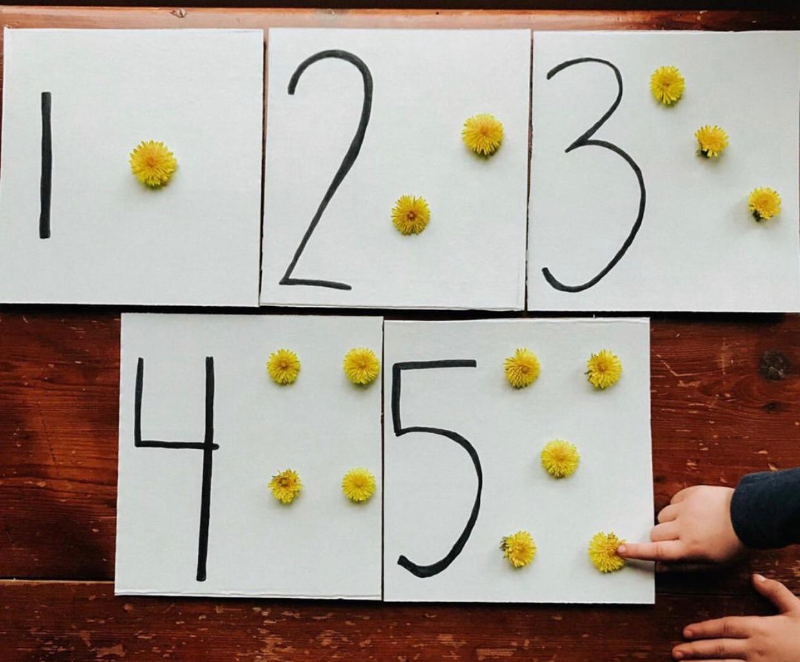 Then questions cascade: “Why do I need to vacuum?”, “Why should the apartment be clean?”, “Why is it bad when it’s dirty?” The child seeks information and seeks attention. He wants adults to teach him something.
Then questions cascade: “Why do I need to vacuum?”, “Why should the apartment be clean?”, “Why is it bad when it’s dirty?” The child seeks information and seeks attention. He wants adults to teach him something.
This need grows until it becomes so strong that the child - about six years old - can listen to and learn from the teacher for several hours every day.
6. Support the child's initiative
Babies are curious, receptive creatures who want to learn. At the same time, the possibility of developing their skills depends on incentives emanating from the environment. They are interested in everything new and are constantly learning new things of their own accord, seeking, discovering, gaining experience, repeating and applying newly acquired skills in order to master them. With each new skill, with each new knowledge, the child becomes more independent and competent.
If a child has parents who believe in him, understand him, are guided by his interests and support him with love, his development process will be successful.
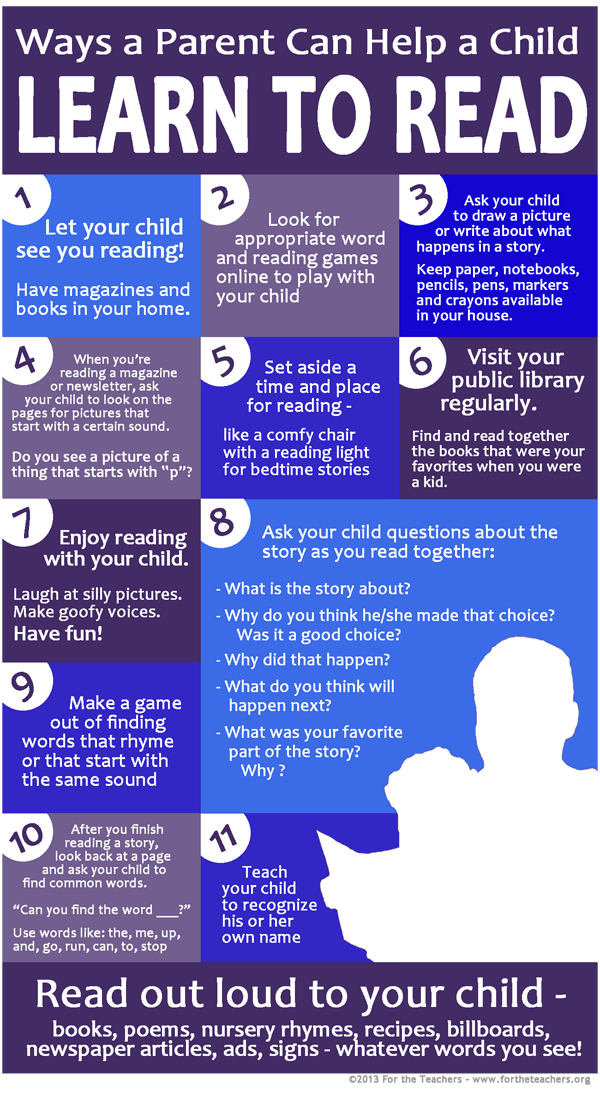
In this case, special training and educational programs are not required. They can even prevent the child from having personal experience and weaken his self-esteem, depriving him of the opportunity to express himself in his own actions.
The child may learn colors or the multiplication table before he tries to do it on his own initiative. But targeted training will prevent him from learning many other skills that will later come in handy in school, in education and at work: pre-thinking his actions, discretion, assessing the consequences of his own actions, the ability to motivate and concentrate, understanding mistakes, the ability to control his impulses and cope with setbacks and defeats. However, all these skills are necessary in order to find your life path, organize your life and successfully cope with difficulties.
Fortunately, these "meta-skills", which can also be summarized as "character", are increasingly seen as key skills for the future.

